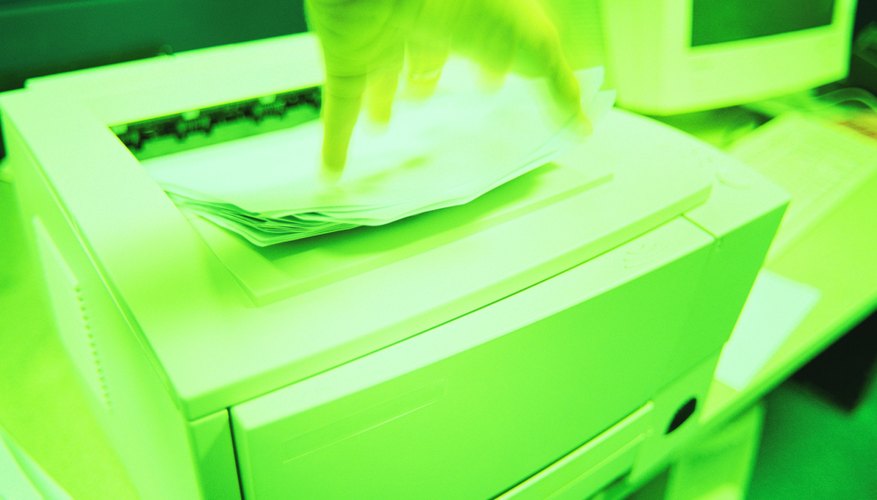PPM (pages per minute) and IPM (images per minutes) are both measures of the speed of a printer. PPM is not standardised and each manufacturer can use a different method for calculating it, making comparisons difficult. IPM is a standardised measure backed by the International Organization for Standardization.
PPM
PPM is purely a marketing claim by a manufacturer. It is usually intended to show the speed an "average" user will experience printing "average" documents. While manufacturers usually have testing results to back up their PPM claims, they could have used very different testing criteria. For example, a PPM figure based on a plain text document will be very difficult to compare with a PPM figure based on a full-page image such as a photograph or chart.
- PPM is purely a marketing claim by a manufacturer.
- It is usually intended to show the speed an "average" user will experience printing "average" documents.
ISO
In 2009, the issue of printer speed claims came to the attention of the International Organization for Standardization. It is known as ISO for short: this isn't an abbreviation as the initials are different across the languages used by ISO members. ISO brings together the work of national bodies in setting and checking standards for a wide range of products and services, ensuring compatibility and fair comparisons.
IPM principles
The ISO standard on printer speeds is formally known as ISO/IEC 24734. It sets down rules for a measure known as images per minute, or IPM. The idea is to make sure that all printer manufacturers use the same process for testing speed, allowing a fair comparison.
IPM testing
To test printer speed with the IPM measure, manufacturers must print three standard files. These files are each four-page documents with one being a Microsoft Word file, one a Microsoft Excel files and the other an Adobe Acrobat Reader (PDF) file. Manufacturers must repeatedly print each file until they get consistent results, meaning multiple times within five percent of one another. The manufacturers then convert the combined times for the three files into an average speed expressed in pages per minute. For example, if the three files took five, 10 and 15 seconds respectively to print, the combined time would be 30 seconds for the 12 pages, equating to an IPM of 24 images per minute.
- To test printer speed with the IPM measure, manufacturers must print three standard files.
- The manufacturers then convert the combined times for the three files into an average speed expressed in pages per minute.
